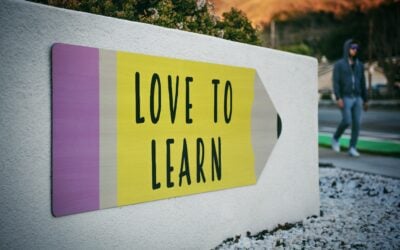The field of education is no stranger to fads. Usually, a new fad is really just a shiny twist on an old idea. But calling an idea something novel does not mean education has evolved. However, there are two new innovations in education that are not fads: augmented reality and virtual reality. Augmented reality (AR) and virtual reality (VR) are part of education’s evolution.
There are multiple ways to compare and contrast AR and VR. AR requires a smartphone, whereas VR needs a sophisticated headset. Both enhance learning experiences because they offer a variety of ways to engage during lessons.
Augmented Reality
Augmented reality sounds more complicated than it is. Basically, it is using a smartphone as part of a lesson. This could be as simple as presenting instant information. For example, learners scan a code with their smartphones. Then the code brings up the information linked to it. This allows students to engage with technology during a lesson, which appeals to most learners. Instead of relying solely on textbooks, teachers can customize lessons to fit learners’ specific needs, too.
AR can be more complex, too. It can help render 3D graphics, allowing learners to rotate an object, adjust the object’s transparency, even zoom in for closer exploration. From a sixth grade science class to a vocational training course on pipelines, this type of access to information has unlimited potential for learners to engage and maximize their own potential.
Virtual Reality
Like augmented reality, virtual reality’s ability to engage learners is infinite. A learner in Arizona can don a VR headset, then suddenly be exploring the surface of Mars. The headset creates a virtual environment for the learner, giving a 360 degree view and offering stereosound. Learners can learn concepts through entirely new perspectives. Medical students can visualize the inside of a blocked artery, while pilots can train for an in-flight emergency.
VR can also be used to teach cultural sensitivity and empathy. It is too expensive to fly an entire class to another country to learn about traditions and living arrangements. But VR allows learners to explore new cultures at their own pace. Virtually immersed learners get an insider’s view of a culture, understanding its values and traditions on a deeper level. Suddenly a news story from a country far away has real meaning.
Just like fashion, trends in education come and go. But the unlimited power of AR and VR makes them timeless tools for engaging learners, creating deeper learning.




